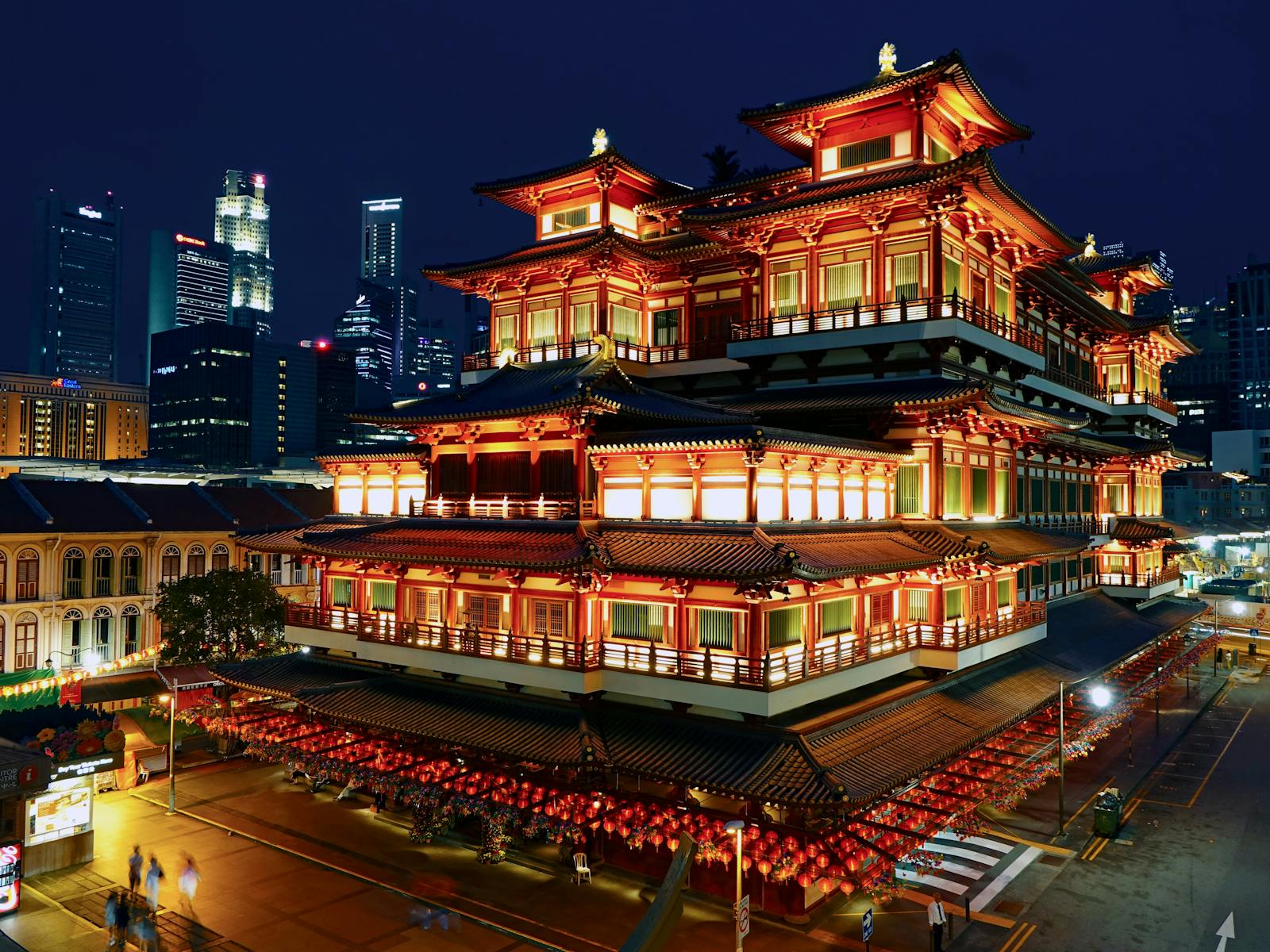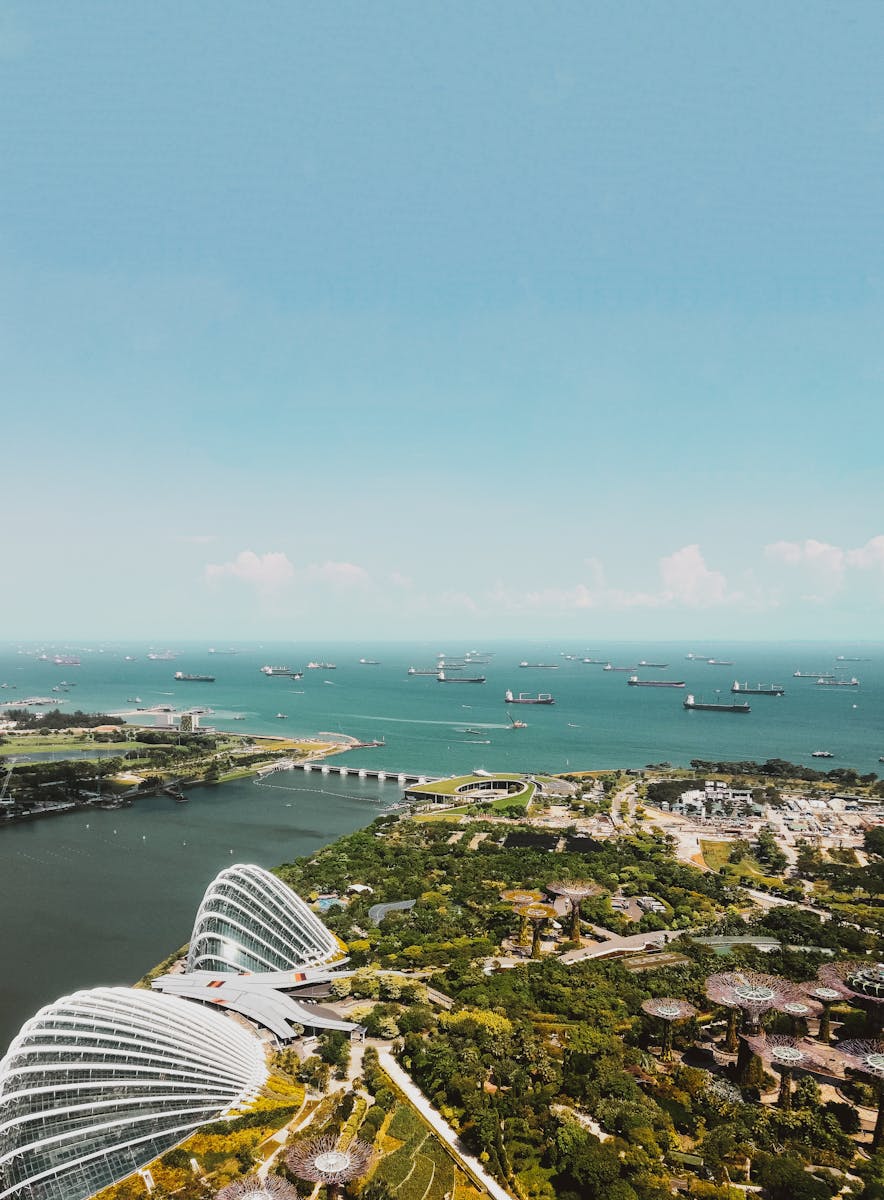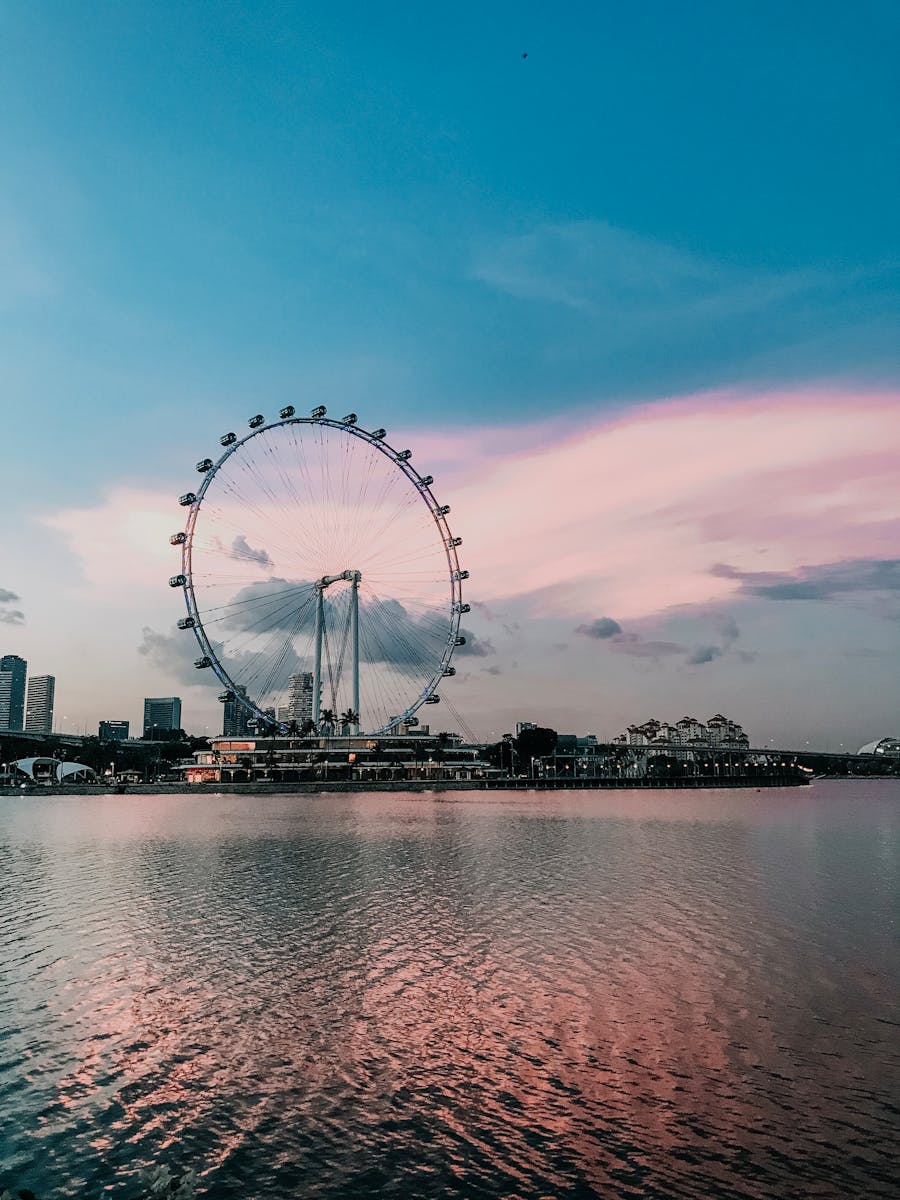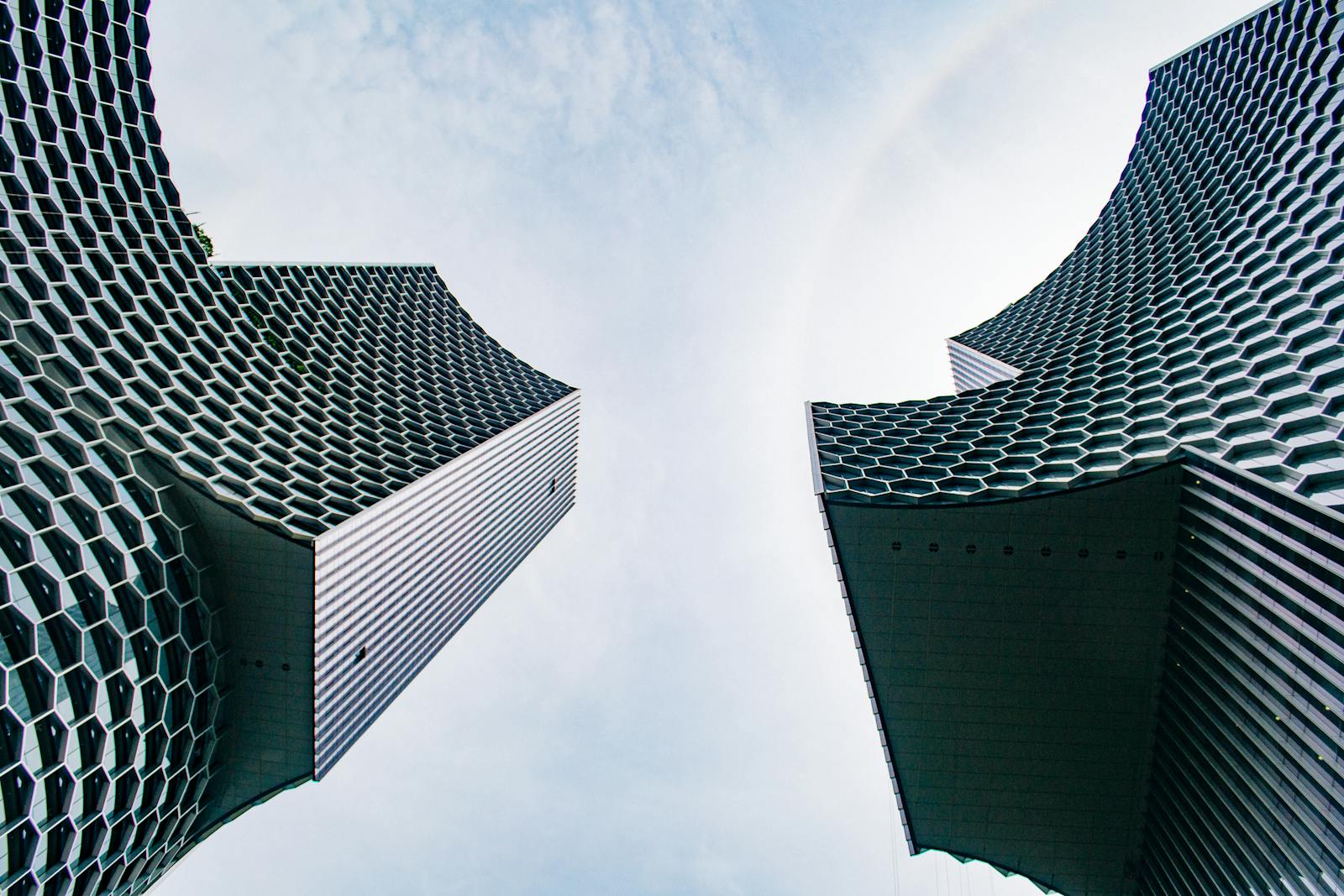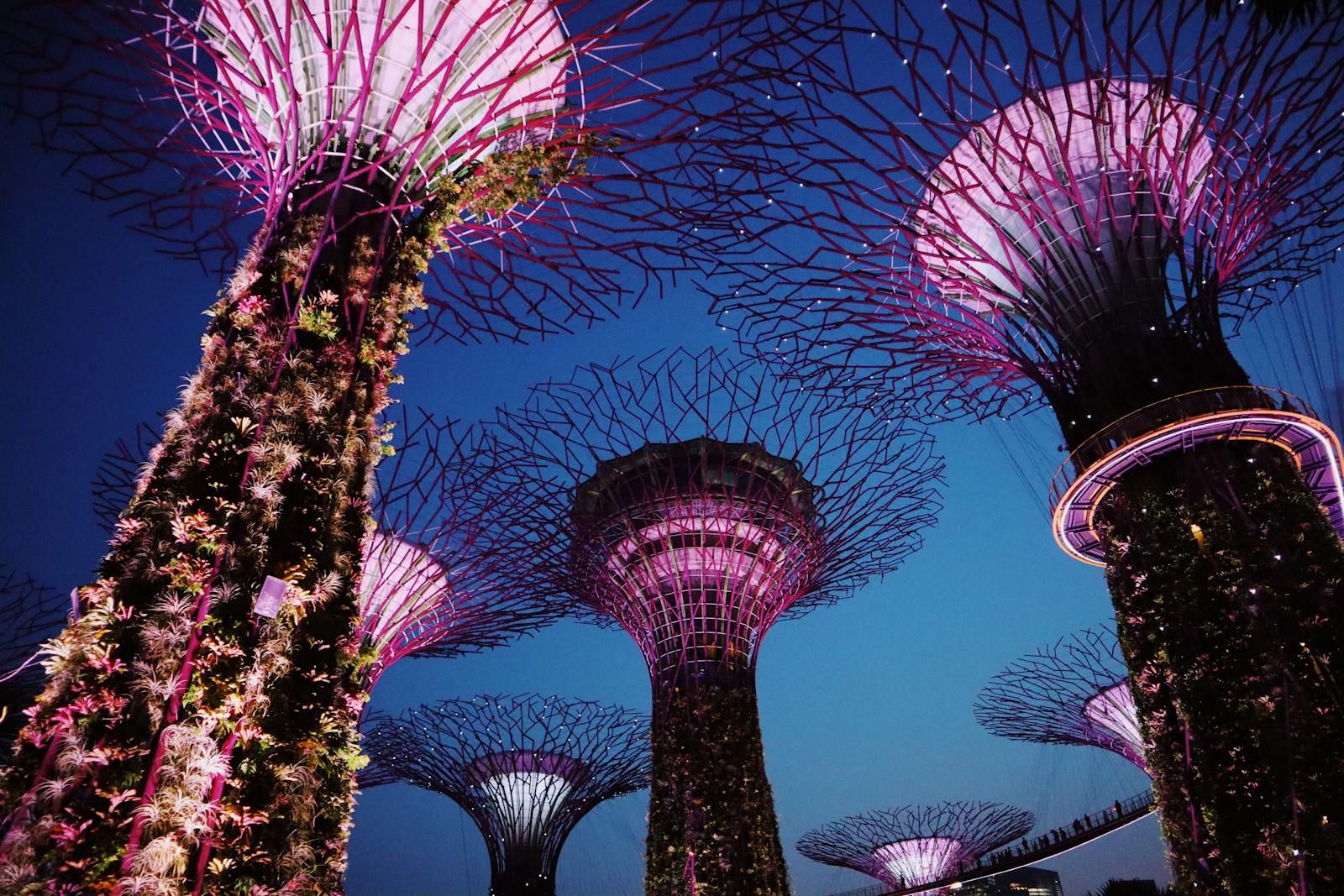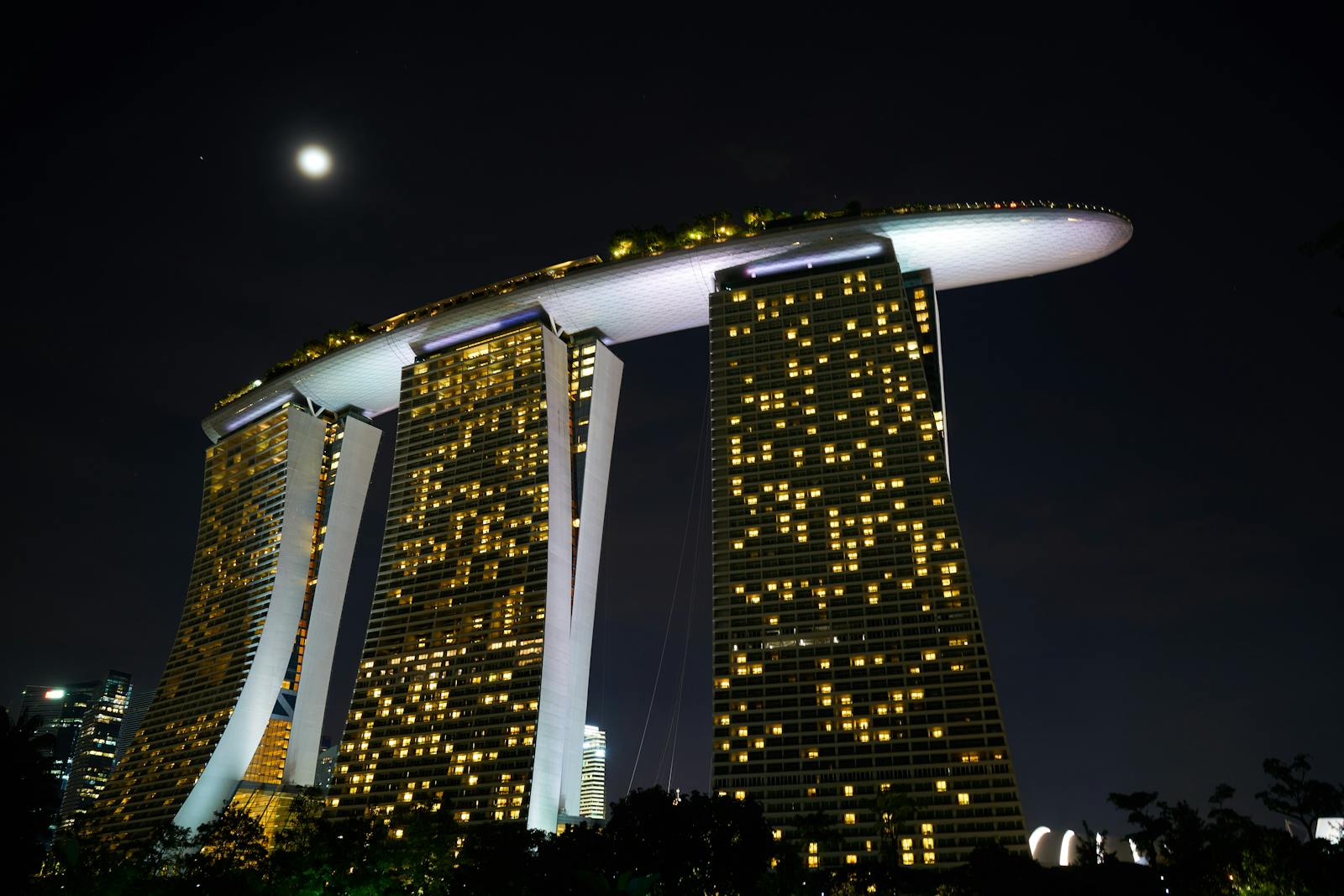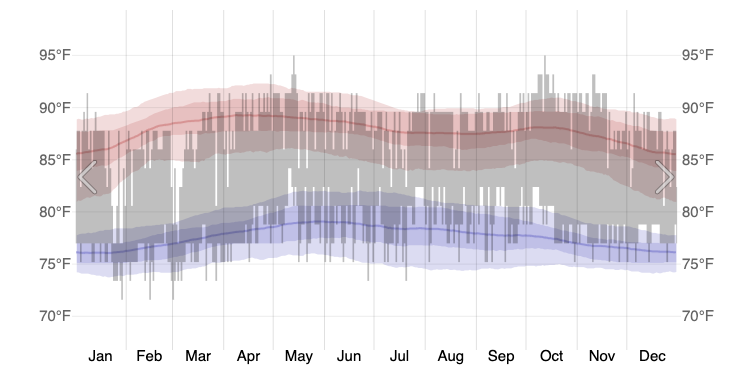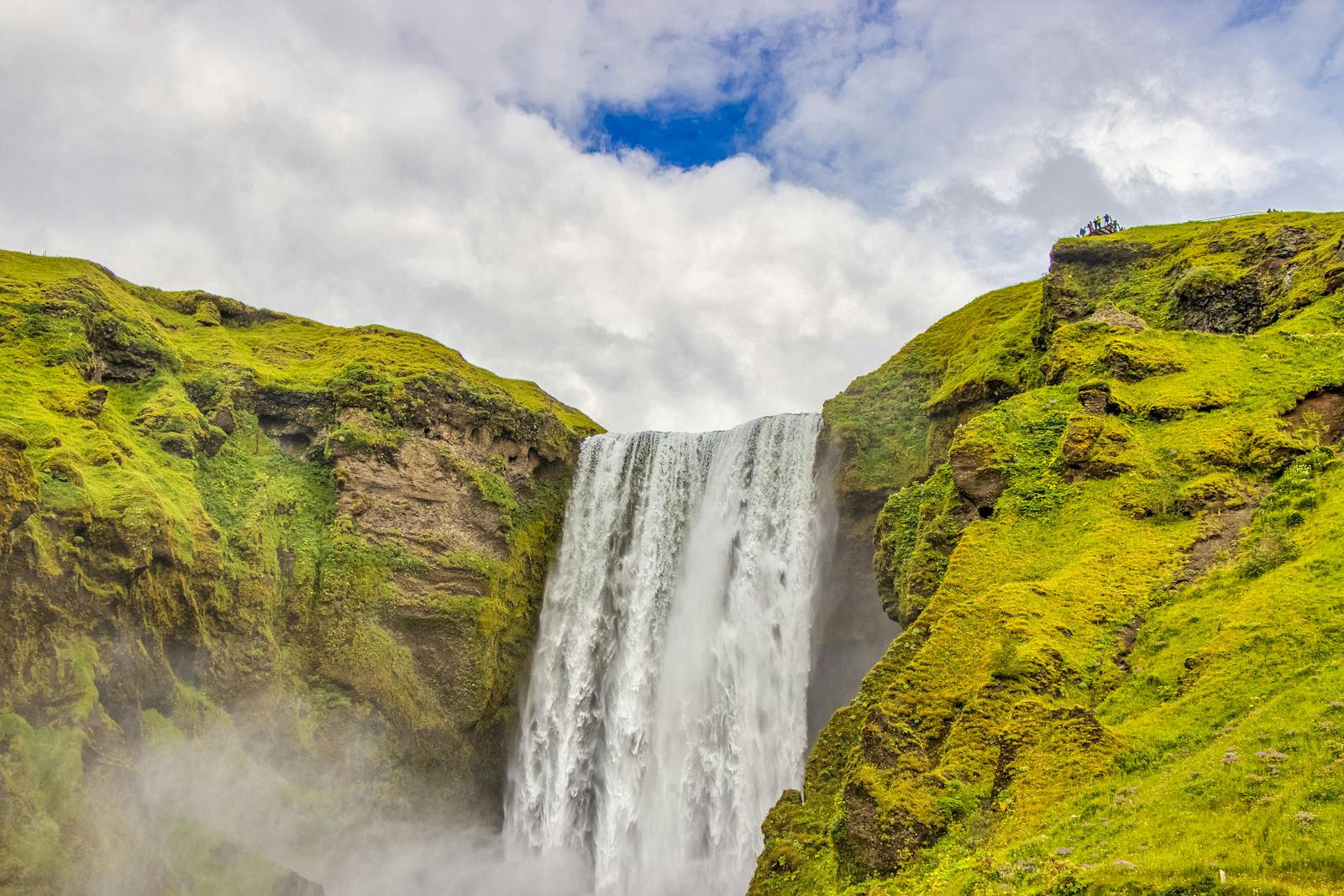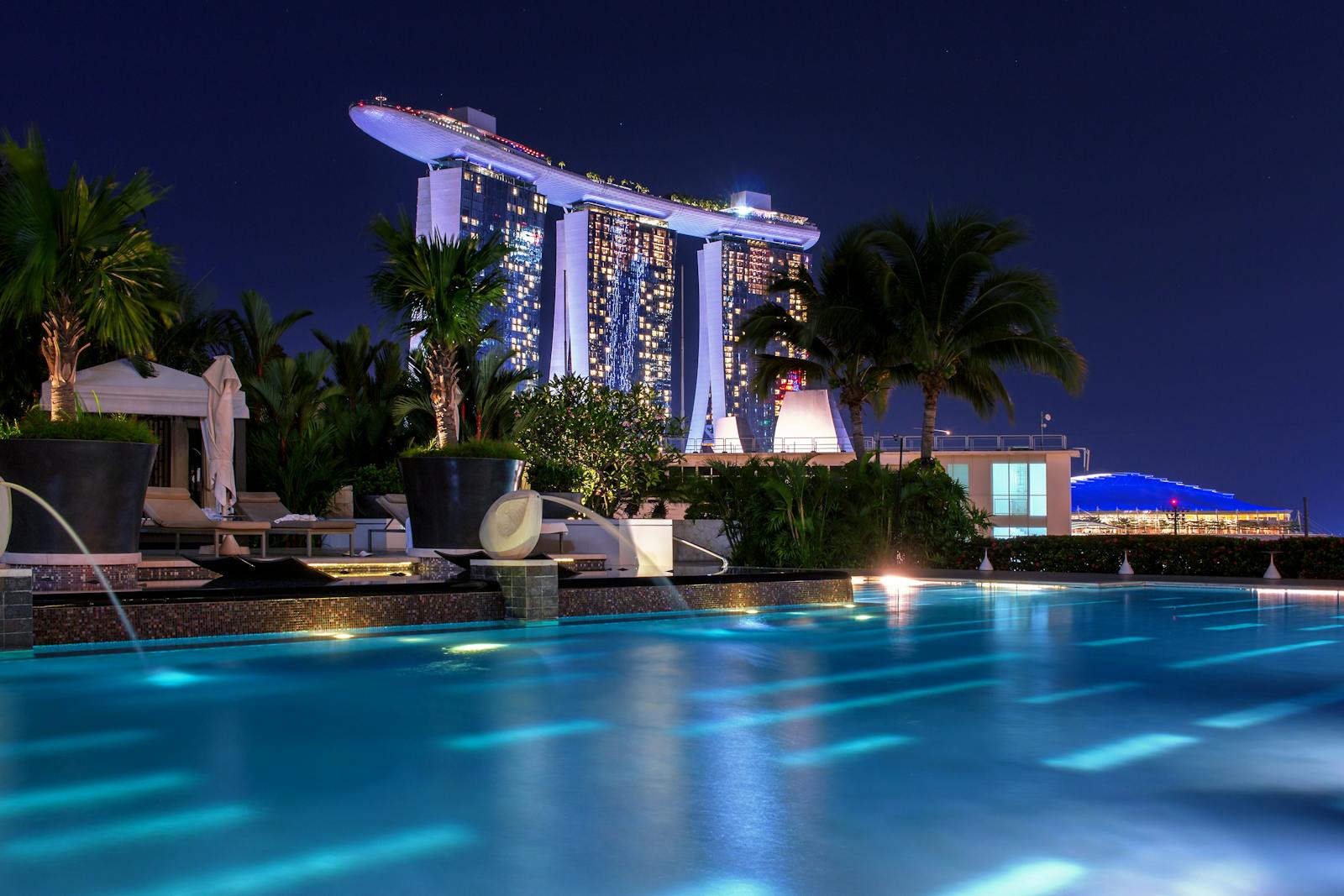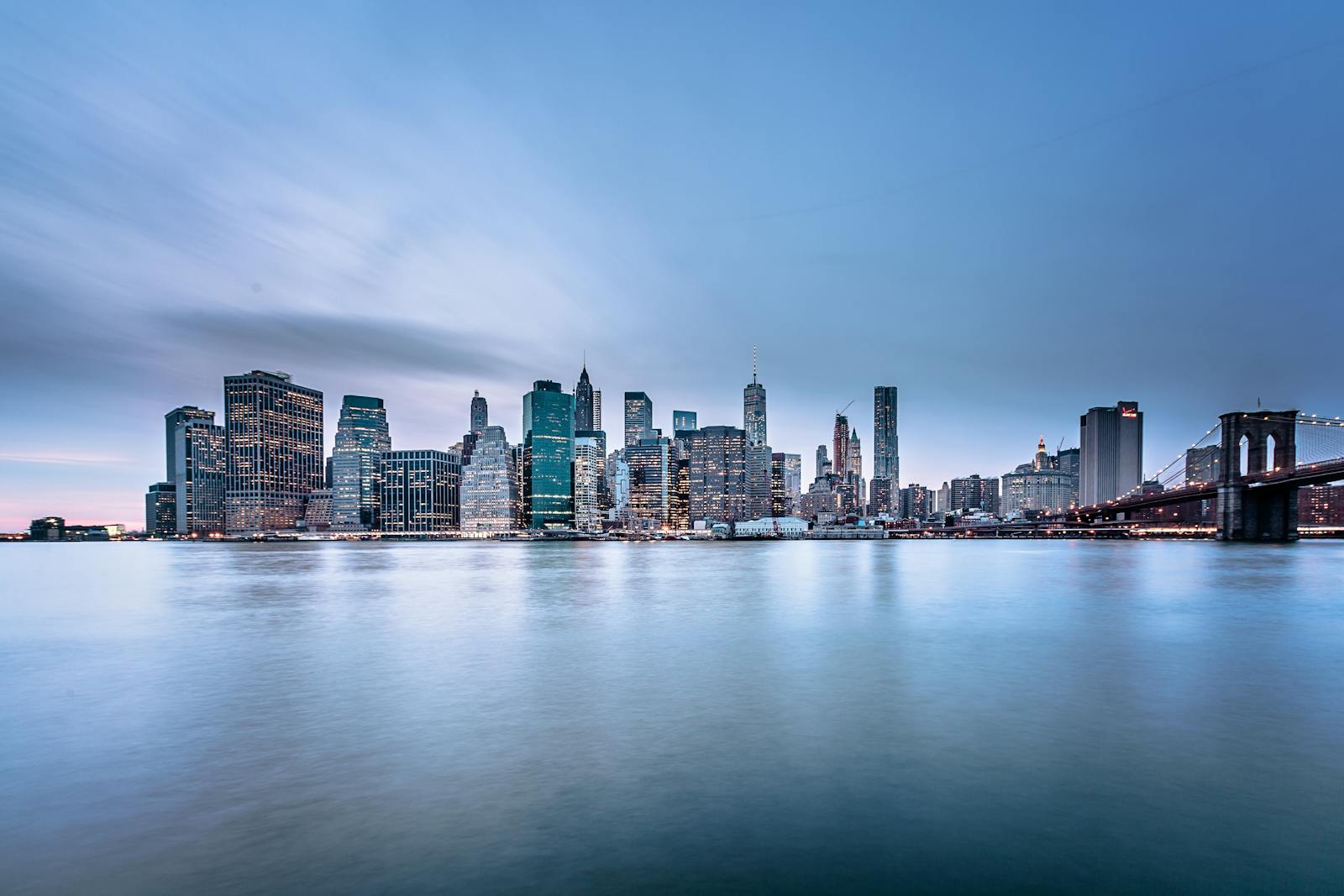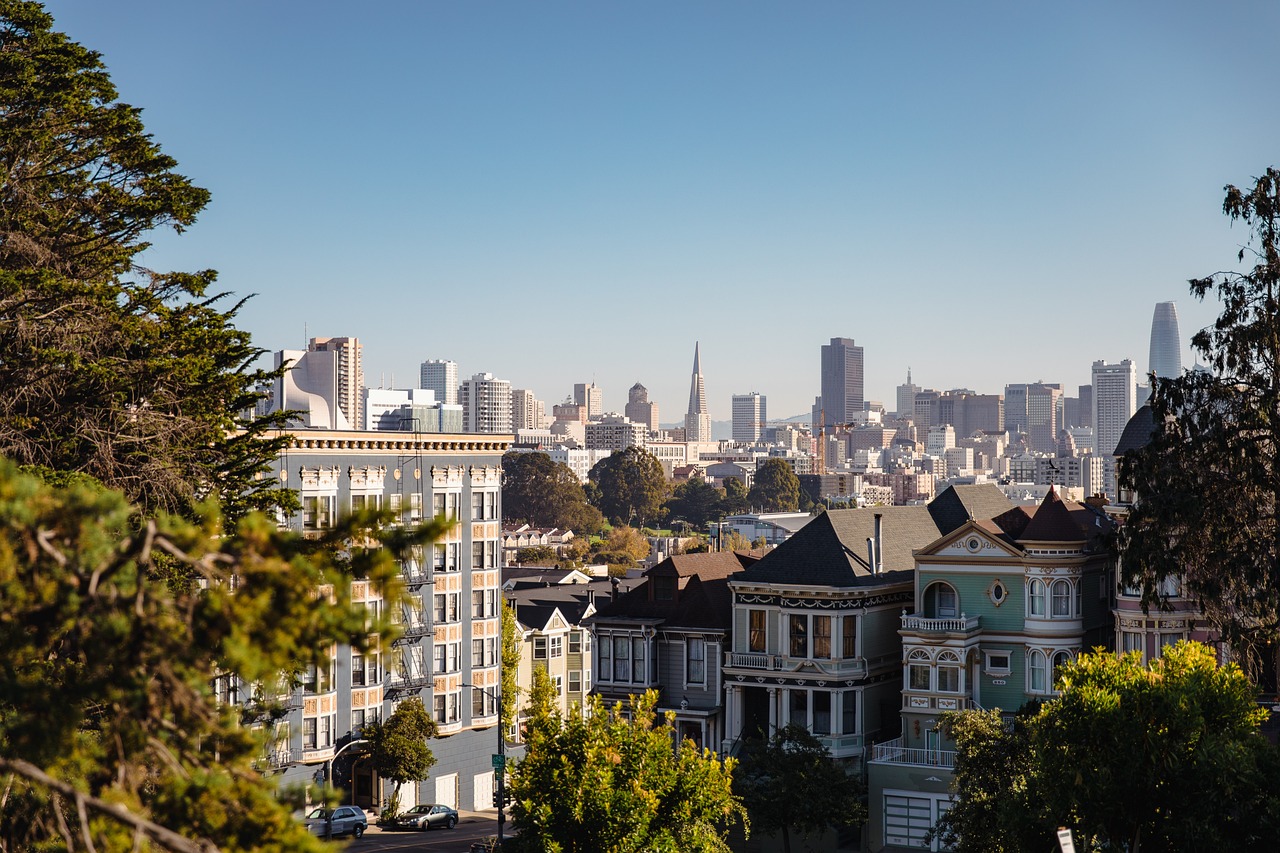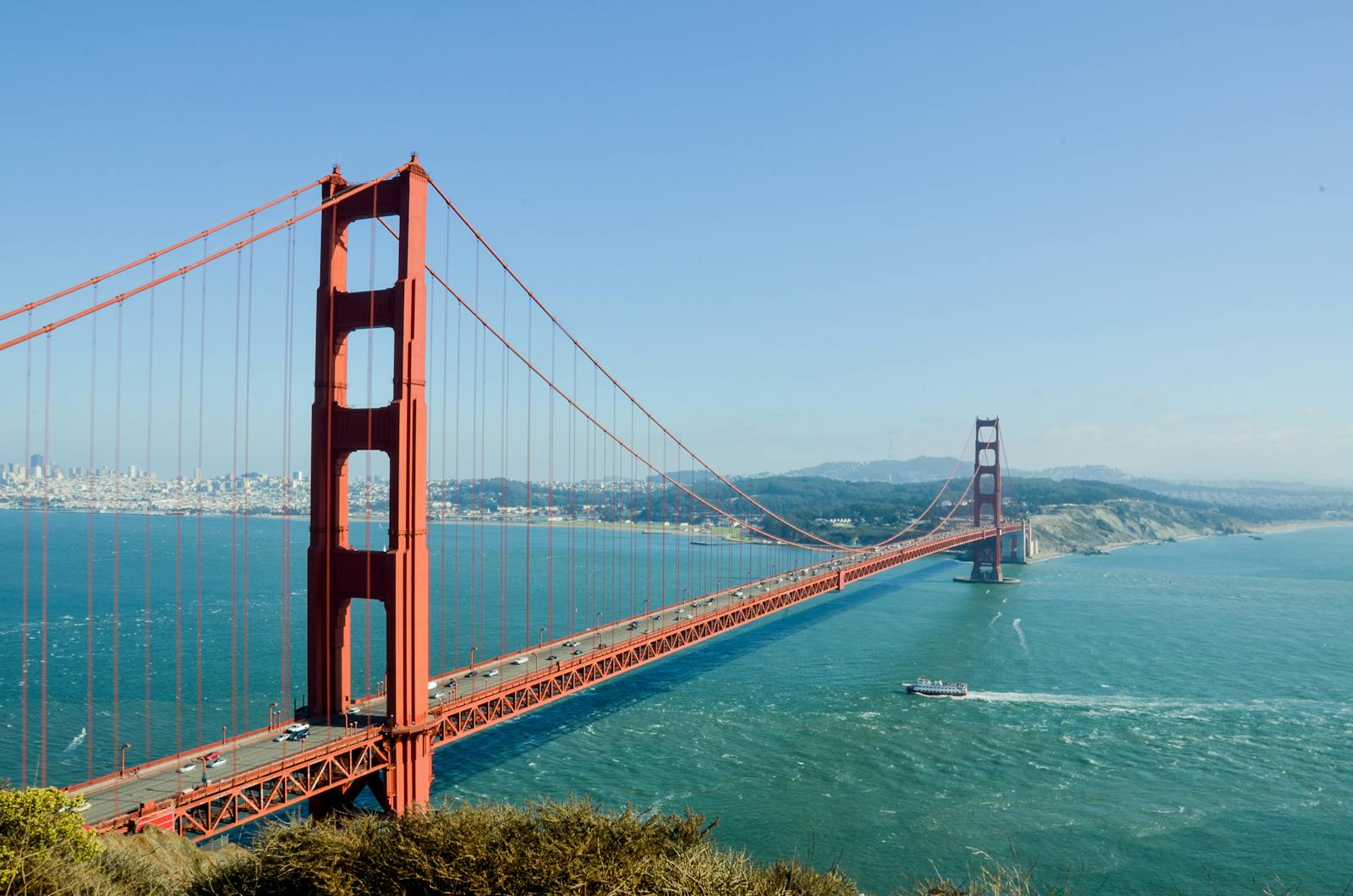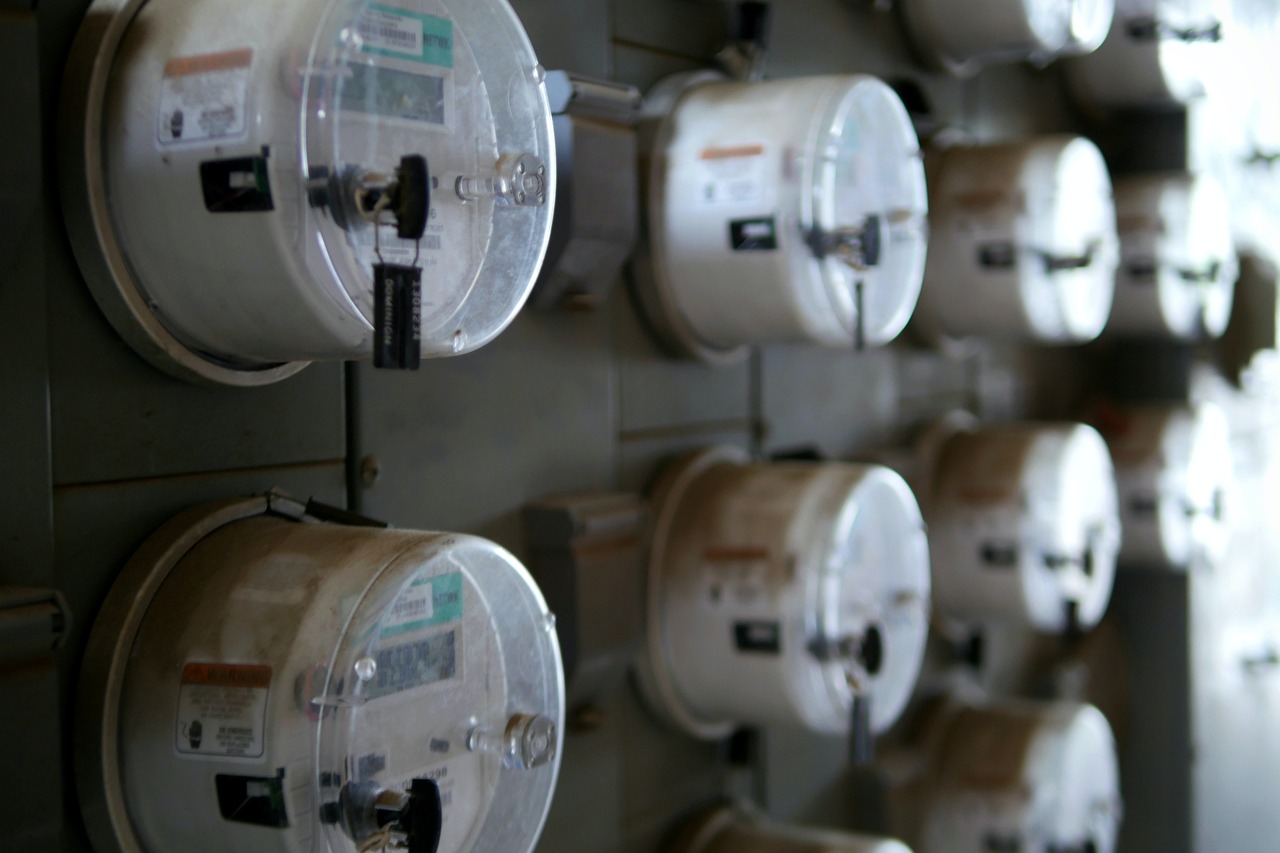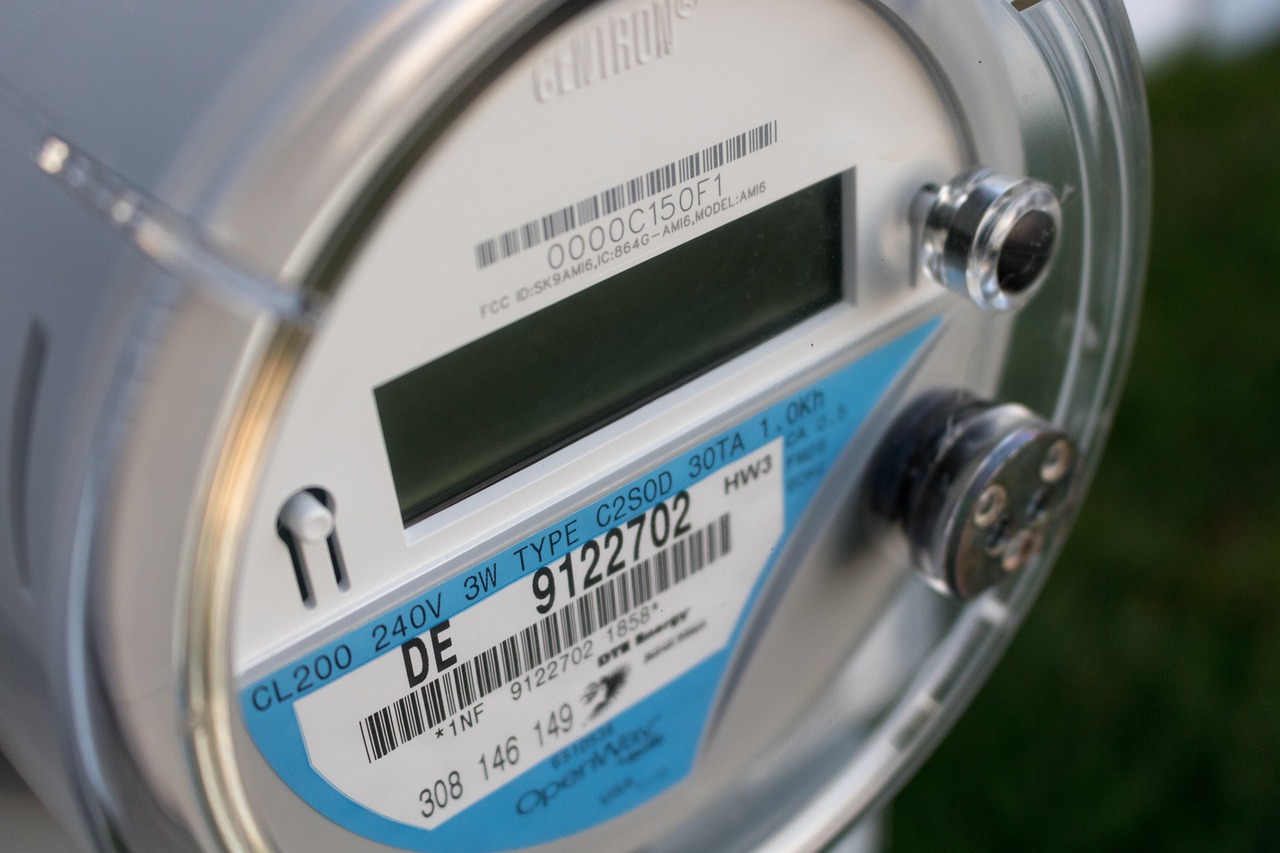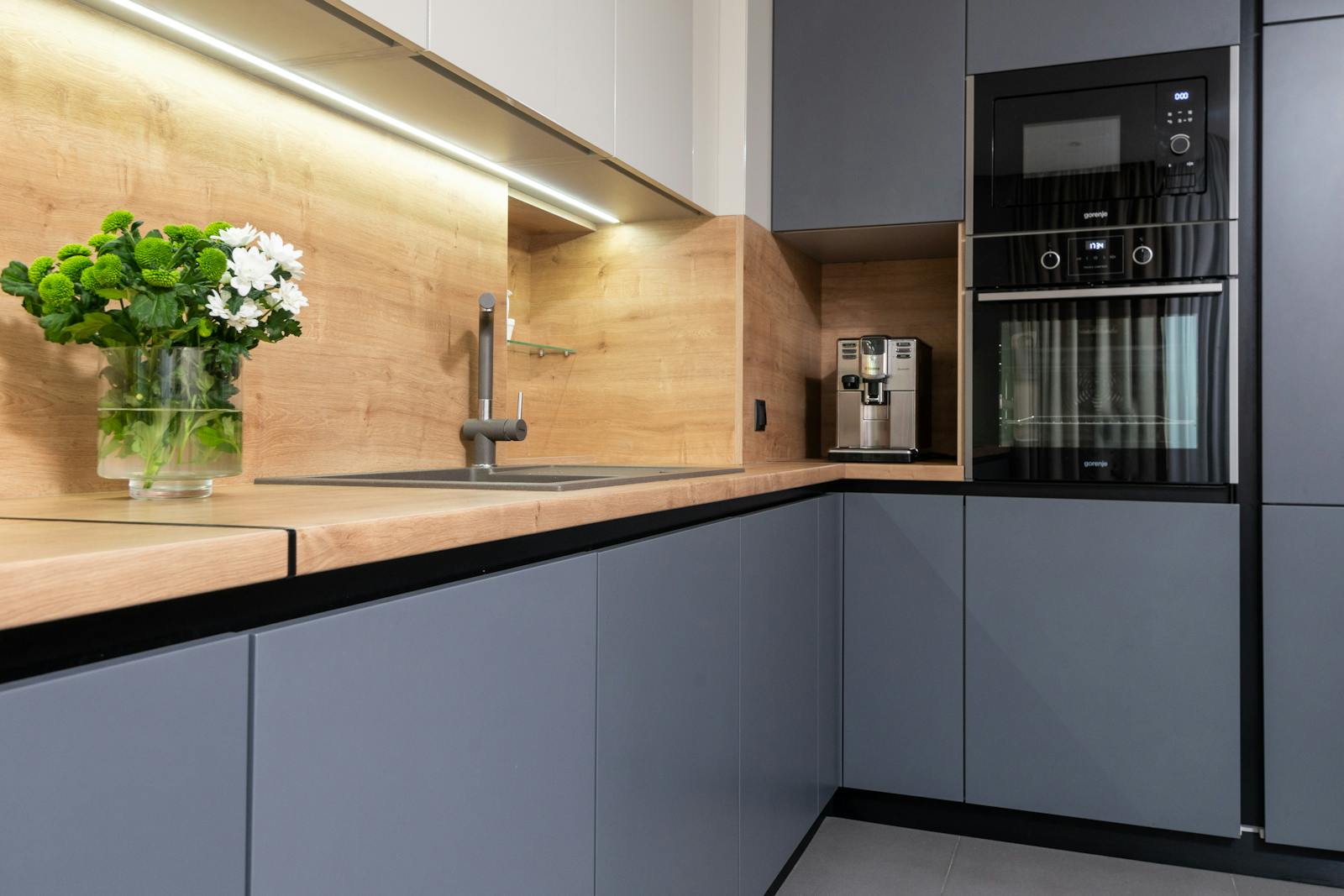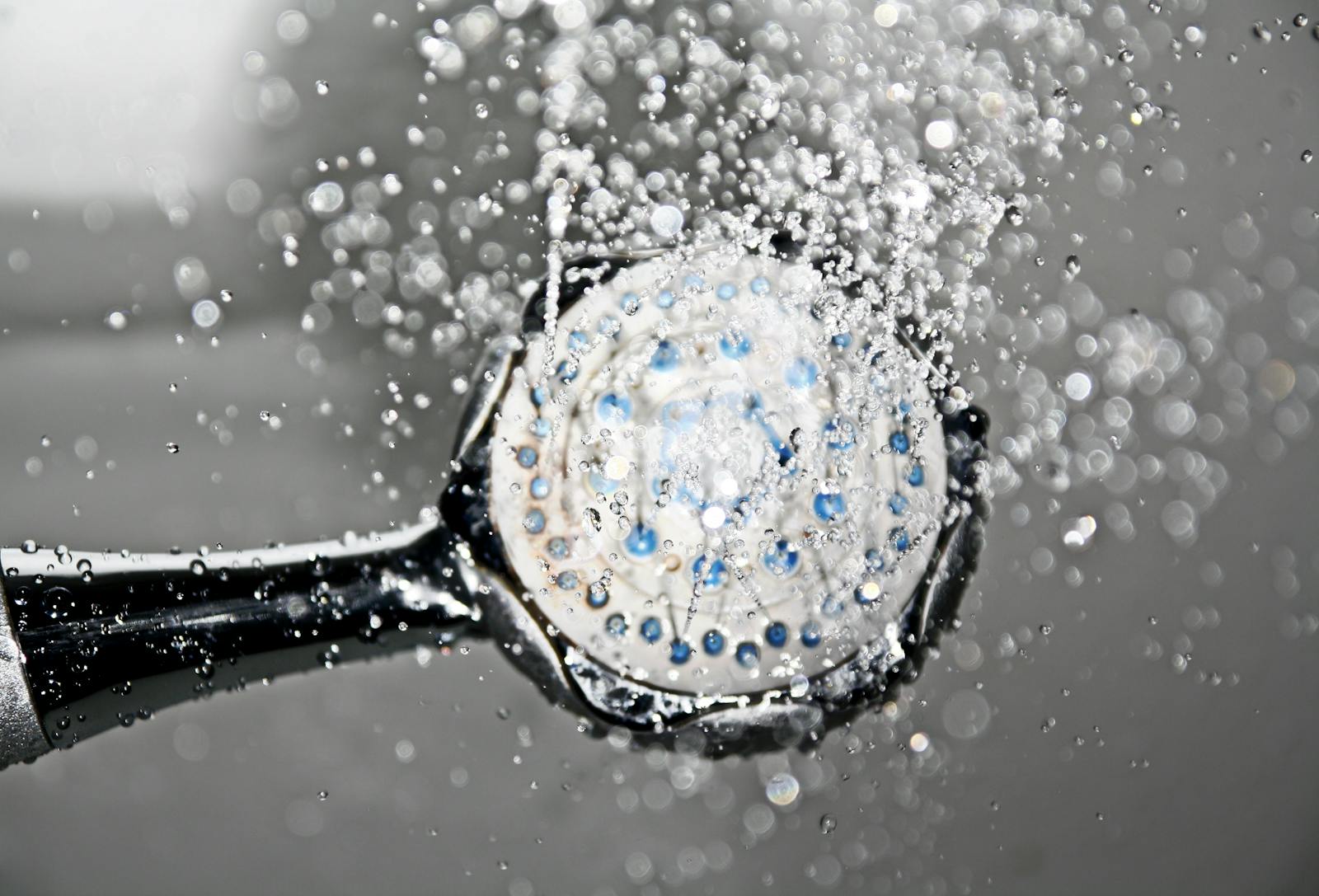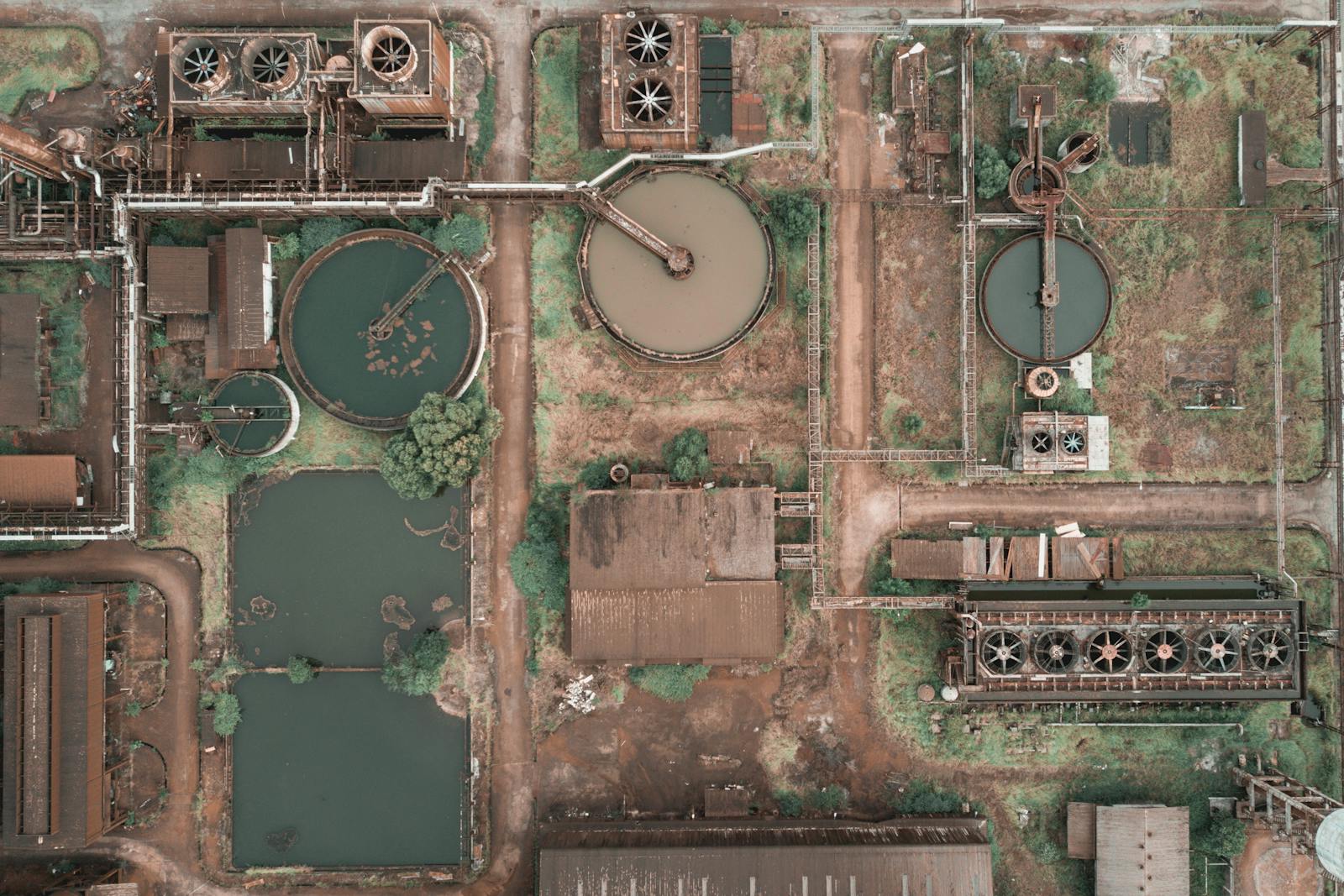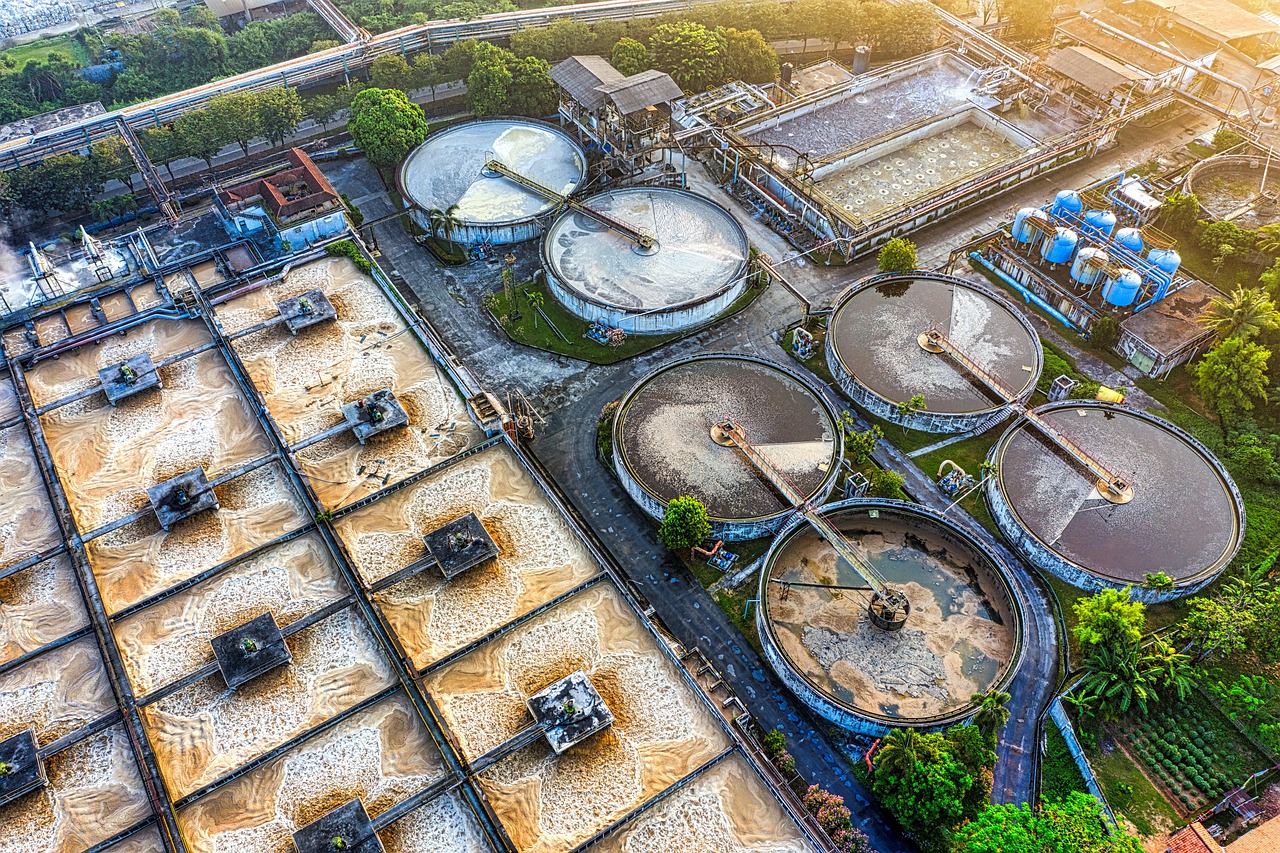Singapore Water Insights
Overall Score
Singapore water management system is a global leader in sustainability and innovation.
Singapore Water Insights
Singapore water management system is a global leader in sustainability and innovation.
Singapore Water Insights
✅ Overall Score
🏙️ Urban Planning Score
🌊 Flood Zones Management
📏 Water Levels
🏞️ Lakes and Reservoirs
🏖️ Beaches Score
🔧 Water Technologies
🏭 Desalination Plants
🌧️ Rain Capture Systems
🏞️ Rivers Score
🌊 Dams Score
🚰 Drainage Score
🌿 Sustainability Score
🌡️ Climate Vulnerability Score
💦 Water Quality Score
🌊 Water Flow Score
⚖️ Water Rights Score
🎣 Fishing Score
🚣 Recreation Score
☁️ Weather Patterns Score
🐟 Aquatic Life Score
🚢 Shipping and Ports Score
🏗️ Infrastructure Score
🌱 Native Flora Score
🦆 Wetlands Score
🏡 Residential Water Use
🏢 Commercial Water Use
🏥 Public Health Score
🗺️ Geographic Features Score
🛑 Water Restrictions Score
📊 Water Usage Statistics
🌐 Global Impact Score
📚 Educational Programs Score
🤝 Community Engagement
🏆 Awards and Recognition
📜 Historical Sites Score
🚨 Emergency Preparedness
🌈 Water Conservation Score
🛒 Water Market Score
Description
Comprehensive infrastructure, stringent water quality monitoring, and community engagement in conservation support Singapore’s resilience against climate challenges, ensuring a sustainable supply and setting a global example in water stewardship.
🌍 Continent
Asia
🚩 Country
Singapore
👥 Population
Approximately 5.45 million (2023)
💧 Water Management System
Managed by PUB, Singapore’s National Water Agency (PUB)
🌊 Flood Zones
Flood-prone areas monitored and mitigated by PUB (Flood Management)
📏 Water Levels
Managed by PUB in reservoirs and urban areas
✈️ Living & Working Remotely
🏞️ Lakes and Reservoirs
17 reservoirs including Marina, MacRitchie, and Bedok
🏖️ Beaches
East Coast, Sentosa, and Palawan beaches. Checkout CoolContrast
🔧 Water Technologies
Advanced NEWater and desalination technologies
🏭 Desalination Plants
5 plants, contributing up to 30% of water supply
🌧️ Rain Capture Systems
Extensive rainwater harvesting across reservoirs
🏞️ Rivers
Singapore River, Kallang River
🌊 Dams
Marina Barrage, Punggol, and Serangoon Reservoirs
🚰 Drainage Systems
Comprehensive drainage network managed by PUB
🌿 Sustainability Initiatives
Active Zero Waste and Green Plan 2030
🌡️ Climate Vulnerability
High, due to sea-level rise and intense rainfall
💦 Water Quality Index
High, with stringent monitoring by PUB. Go to Tap Water to learn more.
🌊 Water Flow Rate
Managed through the reservoir and canal systems
⚖️ Water Rights and Regulations
Governed by the Water Act and PUB regulations
🎣 Fishing Conditions
Recreational fishing allowed in designated areas
🚣 Recreational Water Activities
Popular kayaking, canoeing, and sailing spots
☁️ Weather Patterns
Tropical climate, warm with high humidity and rainfall
🐠 Aquatic Life
Diverse, with local conservation efforts in reservoirs
🚢 Shipping and Ports
Home to one of the world’s busiest ports
🏗️ Water Infrastructure
Extensive, with modern desalination and treatment facilities
🌱 Native Flora
Rich biodiversity, includes native rainforest species
🦆 Wetlands
Sungei Buloh Wetland Reserve, key conservation area
🏡 Residential Water Usage
Approximately 141 liters per person per day
🏢 Commercial Water Usage
Managed under city regulations
🏥 Public Health and Water
High standards, monitored by PUB and Ministry of Health
🗺️ Geographic Features
Urban island with reservoirs, rivers, and coastal areas
🛑 Water Restrictions
Enforced during drought periods or critical situations
📊 Water Usage Statistics
Regularly published by PUB
🌐 Impact on Global Water
Leader in water management and technology solutions
📚 Water Education Programs
Extensive, through the Singapore Water Academy
🤝 Community Engagement in Water Conservation
Active initiatives like the ABC Waters Programme
🏆 Awards and Recognition for Water Stewardship
Numerous global awards, including SIWW recognition
📜 Historical Water Sites
Singapore River, Marina Barrage
🚨 Emergency Water Preparedness
Robust contingency plans in place
🌈 Water Conservation Efforts
Strong public campaigns like “Save Water”
🛒 Water Market and Economy
Significant economic contributor, water tech export hub
💼 Economic Impact of Water
Major, supporting industries and public welfare
Community Engagement and Education in Singapore’s Water Management
Singapore’s approach to water management is strengthened by an active and well-informed community, supported by comprehensive educational initiatives led by PUB, Singapore’s National Water Agency.
Community Engagement in Water Conservation
Singaporeans are actively engaged in water conservation efforts through initiatives like the “Save Water” campaign and the ABC Waters Programme, which transforms water bodies into community spaces. These programs encourage residents to adopt water-saving habits and take pride in their country’s water resources. Community involvement is a key element of Singapore’s water strategy, fostering a collective responsibility to protect and manage water efficiently.
Extensive Water Education Programs
Education is a cornerstone of Singapore’s water management efforts. The Singapore Water Academy provides specialized training for water professionals, while school programs and public workshops teach students and residents about the importance of water conservation. Additionally, interactive spaces like the NEWater Visitor Centre allow the public to learn about Singapore’s innovative water recycling methods through hands-on activities.
Empowering Future Generations with Knowledge
By integrating water conservation and sustainability into school curricula, Singapore prepares future generations to understand and address water challenges. This educational approach, combined with community participation, ensures that water stewardship becomes a shared value and ingrained practice across all age groups.
Conclusion
Through effective community engagement and educational programs, Singapore has fostered a culture of water conservation and environmental stewardship. This proactive involvement not only enhances water sustainability but also sets a global standard for how education and community participation can contribute to resilient water management systems.
Urban Planning and Water Management in Singapore
Singapore’s urban planning is intricately designed to support sustainable water management, balancing rapid development with environmental stewardship. Given the city-state’s limited natural resources, Singapore’s urban planning integrates water sustainability across its infrastructure and community spaces, creating a robust, resilient water system that maximizes every drop.
Water-Sensitive Urban Design
Singapore’s water-sensitive urban design (WSUD) focuses on managing stormwater sustainably, utilizing green infrastructure like rain gardens, bioswales, and permeable pavements to naturally filter and absorb rainwater. This not only prevents flooding in the densely populated city but also helps replenish reservoirs and aquifers, turning stormwater into a valuable resource.
Reservoir Integration within Urban Spaces
Singapore has transformed its urban layout to integrate reservoirs within city spaces, creating a “city in a garden.” Marina Barrage, for example, functions as a dam, water reservoir, and a recreational area, illustrating how urban planning in Singapore strategically combines water management with public utility and green spaces.
Sustainable Drainage Systems
PUB has developed a comprehensive drainage system to support flood management in urban areas, enhancing water flow during heavy rains and preventing urban flooding. Coupled with the Active, Beautiful, Clean (ABC) Waters Programme, the drainage systems help Singapore maintain water quality and reduce pollution in waterways, promoting sustainability at every level of urban planning.
Mixed-Use and Water-Efficient Developments
Singapore’s zoning and mixed-use developments are planned with water efficiency in mind. Buildings are required to install water-saving devices, and landscape designs must use native, drought-tolerant plants to minimize water use. These urban planning regulations ensure that water conservation is part of daily life for residents and businesses alike.
Conclusion
Singapore’s urban planning reflects a pioneering model in sustainable water management, where every element—from green infrastructure to reservoirs and drainage systems—is designed to maximize water efficiency and resilience. This approach not only secures Singapore’s water future but also creates a livable and environmentally friendly urban landscape.
Sustainability and Conservation in Singapore’s Water Management
Sustainability and conservation are at the heart of Singapore’s water management strategy, enabling the city-state to overcome resource limitations and build a resilient water system for the future. Through advanced technologies, efficient use practices, and community engagement, Singapore has become a global leader in sustainable water management.
Diversified and Sustainable Water Sources
Singapore employs a “Four National Taps” approach, relying on local catchment water, imported water, NEWater (recycled water), and desalinated water. This diversified strategy minimizes dependence on external sources and maximizes sustainable water use, creating a self-sufficient system designed to endure environmental pressures like climate change.
NEWater: A Model of Water Recycling
NEWater is Singapore’s innovative water recycling program, transforming treated wastewater into high-quality, potable water. This process not only conserves water but also reduces environmental impact, as it minimizes the discharge of untreated water. NEWater meets 40% of Singapore’s water demand and is projected to meet up to 55% by 2060, highlighting Singapore’s commitment to sustainable reuse practices.
Desalination and Rainwater Harvesting
Singapore’s desalination plants, which convert seawater into drinking water, are powered by energy-efficient technologies to reduce the environmental footprint. Additionally, rainwater harvesting through reservoirs and catchment areas captures every possible drop, turning rainfall into a significant resource. These efforts combine to ensure that Singapore has access to reliable water sources even during droughts.
Public Engagement in Water Conservation
Singapore’s conservation efforts are backed by strong community support and education. Campaigns like “Save Water” and water-saving incentives encourage residents to adopt sustainable practices in their daily lives, while school programs instill an early understanding of the importance of water conservation. This collective effort across society helps reduce water demand and promotes long-term sustainability.
Conclusion
Singapore’s approach to sustainability and conservation in water management is a comprehensive model that addresses every stage of the water cycle. From sourcing and recycling to conservation and community engagement, Singapore demonstrates how cities can sustainably manage water resources and inspire global practices in environmental stewardship.
Infrastructure and Technology in Singapore’s Water Management
Singapore’s water management infrastructure is a globally recognized model, combining advanced technology with efficient design to optimize water use, treatment, and distribution. From state-of-the-art desalination plants to smart water systems, Singapore’s infrastructure supports its vision of water sustainability and resilience.
Advanced Desalination and NEWater Facilities
Singapore’s desalination plants are pivotal in its water strategy, using energy-efficient reverse osmosis to transform seawater into drinking water. With five desalination facilities and plans to expand, these plants meet approximately 30% of Singapore’s water needs. NEWater, Singapore’s water recycling technology, converts treated wastewater into high-grade potable water, currently supplying up to 40% of demand. This closed-loop recycling is vital for sustainability and resource efficiency.
Smart Water Systems for Real-Time Monitoring
Singapore uses smart water systems to monitor, manage, and conserve water resources efficiently. These systems employ sensors and data analytics to provide real-time insights into water flow, consumption patterns, and potential issues such as leaks. This predictive monitoring helps prevent water waste, reduces maintenance costs, and ensures a stable supply to the population.
Efficient Stormwater Management and Drainage
PUB’s extensive drainage and stormwater management infrastructure helps Singapore manage heavy rainfall and prevent flooding. Infrastructure like the Marina Barrage not only stores rainwater but also serves as a tidal barrier, protecting the city from high tides. Permeable surfaces, green roofs, and rain gardens across the city further enhance stormwater management, supporting sustainability and water quality.
Embracing Digital Innovations
Singapore is at the forefront of using digital innovations in water management, integrating IoT (Internet of Things) and AI technologies to improve infrastructure efficiency. Digital dashboards and AI-based models help optimize water distribution and predict maintenance needs, ensuring continuous improvement in water infrastructure management.
Conclusion
Singapore’s integration of cutting-edge technology within its water infrastructure illustrates its commitment to efficient, resilient, and sustainable water management. By investing in desalination, water recycling, smart systems, and digital innovations, Singapore continues to lead by example in building a future-proof water system.
Water Management System in Singapore
Singapore’s water management system is an internationally acclaimed model that showcases resilience, innovation, and sustainability. Managed by PUB, Singapore’s National Water Agency, the system is built on the “Four National Taps” strategy, which leverages diverse water sources to ensure a reliable supply despite Singapore’s limited natural resources.
The Four National Taps: Ensuring Water Security
The Four National Taps are the foundation of Singapore’s water security, consisting of local catchment water, imported water, NEWater (recycled water), and desalinated water. By tapping into various sources, Singapore reduces dependency on any single water source, providing stability during environmental changes like droughts or supply interruptions.
NEWater: A Key Pillar in Water Sustainability
NEWater, Singapore’s reclaimed water program, exemplifies advanced water recycling technology. Using a combination of microfiltration, reverse osmosis, and ultraviolet disinfection, treated wastewater is purified into high-quality drinking water. NEWater currently meets 40% of Singapore’s water needs and is expected to cover up to 55% by 2060, demonstrating Singapore’s commitment to sustainable water reuse.
Desalination: Converting Seawater to Freshwater
Desalination is another critical component of Singapore’s water management system. With five desalination plants in operation, seawater is converted into potable water using energy-efficient reverse osmosis, meeting about 30% of the nation’s water demand. This process is especially valuable for Singapore as a small island with easy access to seawater but limited freshwater resources.
Stormwater Management and Local Catchment
Singapore has maximized its urban landscape to capture as much rainwater as possible through reservoirs and catchment systems. Stormwater from two-thirds of Singapore’s land is collected and stored in 17 reservoirs, where it is treated and integrated into the city’s water supply. Infrastructure such as Marina Barrage also plays a dual role by preventing flooding while storing rainwater.
Community Engagement and Public Education
Singapore’s water management system includes robust community engagement efforts to encourage water conservation. Public awareness campaigns, educational programs, and the Singapore Water Academy empower residents to adopt water-saving practices, supporting long-term sustainability. This collaborative approach ensures that every citizen plays a role in managing the country’s precious water resources.
Conclusion
Singapore’s water management system is a forward-thinking, multi-source approach that ensures water reliability and resilience for the future. Through the Four National Taps, advanced recycling and desalination technologies, and community involvement, Singapore has built a model water management system that balances sustainability with innovation.
Water Resource Availability in Singapore
Singapore, despite its limited natural water resources, has developed a resilient water resource availability strategy that ensures a reliable supply for its growing population. Faced with geographic constraints, Singapore’s approach to water resource availability hinges on diversification, innovation, and sustainability, forming a self-sufficient model that maximizes every drop.
The Four National Taps: Diverse Sources for Water Security
Singapore’s water security is maintained through its “Four National Taps”: local catchment water, imported water, NEWater (recycled water), and desalinated water. This multi-source approach reduces dependence on any single water source and provides flexibility during seasonal changes or droughts, ensuring stable availability. This framework also enables Singapore to plan for future growth and climate resilience.
Local Catchment Water and Rainwater Harvesting
Singapore captures rainwater over two-thirds of its land area, directing it to 17 reservoirs strategically located across the island. These reservoirs collect stormwater, which is treated and used for drinking water. Innovative infrastructure like Marina Barrage serves as a tidal barrier and reservoir, preventing seawater intrusion while maximizing rainwater collection in Singapore’s urban environment.
NEWater: Ensuring Water Supply through Recycling
NEWater, Singapore’s reclaimed water, is a cornerstone of resource availability. Treated wastewater is purified into high-quality potable water using advanced filtration and UV disinfection. Currently meeting 40% of water demand, NEWater is projected to cover up to 55% by 2060, illustrating Singapore’s commitment to sustainable water reuse.
Desalination: Converting Seawater to Freshwater
Given Singapore’s proximity to the sea, desalination is a crucial element in water resource availability. Singapore’s five desalination plants provide about 30% of the water supply, transforming seawater into drinkable water through energy-efficient reverse osmosis. This process bolsters Singapore’s resilience against water scarcity, making it less reliant on imported water.
Managing Imported Water Reliably
While Singapore has traditionally relied on imported water from Malaysia, the other three “taps” have reduced dependency on external sources. Nonetheless, imported water remains a component of Singapore’s water availability, complementing local sources and adding an additional layer of stability.
Conclusion
Singapore’s proactive water resource strategy ensures that the country maintains reliable access to water through a combination of diverse sources, sustainable practices, and advanced technology. Through the Four National Taps, Singapore has built a water availability model that emphasizes security, efficiency, and resilience, setting an example for water-scarce nations worldwide.
Environmental Impact of Water Management in Singapore
Singapore’s water management system is designed to minimize environmental impact while ensuring a sustainable and reliable water supply. Through careful planning and innovative practices, Singapore has successfully balanced urban development with environmental stewardship, setting a global example of eco-conscious water management.
Minimizing Carbon Footprint through Sustainable Water Practices
Singapore prioritizes energy-efficient processes in its water management to reduce its carbon footprint. Technologies such as energy-efficient reverse osmosis in desalination and advanced filtration in NEWater help lower energy consumption. By continuously investing in sustainable technologies, Singapore minimizes the environmental impact of its water supply system.
Preserving Ecosystems through Stormwater Management
PUB’s stormwater management strategy incorporates green infrastructure, like rain gardens and bioswales, that naturally filter stormwater before it reaches reservoirs. This not only reduces the risk of flooding in urban areas but also prevents pollutants from entering natural water bodies, protecting Singapore’s ecosystems and supporting biodiversity.
Reducing Waste through Recycling and Water Reuse
The NEWater program plays a significant role in reducing environmental impact by recycling treated wastewater into high-quality potable water. This closed-loop approach minimizes waste, reduces the need for additional water sources, and lowers the environmental burden associated with water extraction and wastewater discharge.
Managing Climate Risks and Rising Sea Levels
With Singapore’s vulnerability to climate change, particularly sea-level rise, Marina Barrage and other infrastructures serve dual purposes by managing water storage and acting as tidal barriers. These structures protect coastal areas from flooding while preserving freshwater resources, reflecting Singapore’s commitment to climate resilience.
Encouraging Community Responsibility for the Environment
Singapore actively engages its community in conservation efforts through public education on sustainable water use and environmental stewardship. Campaigns like the Active, Beautiful, Clean (ABC) Waters Programme encourage residents to adopt eco-friendly habits, fostering a culture of responsibility and further reducing environmental impact on a communal level.
Conclusion
Singapore’s water management approach is designed with environmental impact in mind, focusing on sustainable practices, pollution prevention, and community involvement. Through efficient use of resources, recycling initiatives, and climate adaptation measures, Singapore continues to lead the way in environmentally responsible water management.
More Singapore Water Insights & Management
Get notified on new water management news, updates & advancements in Singapore.
Shop Books, eBooks, Audiobooks

The Little Book on Hydration: The People’s Guide To Health, Vitality & Flow (Audiobook)
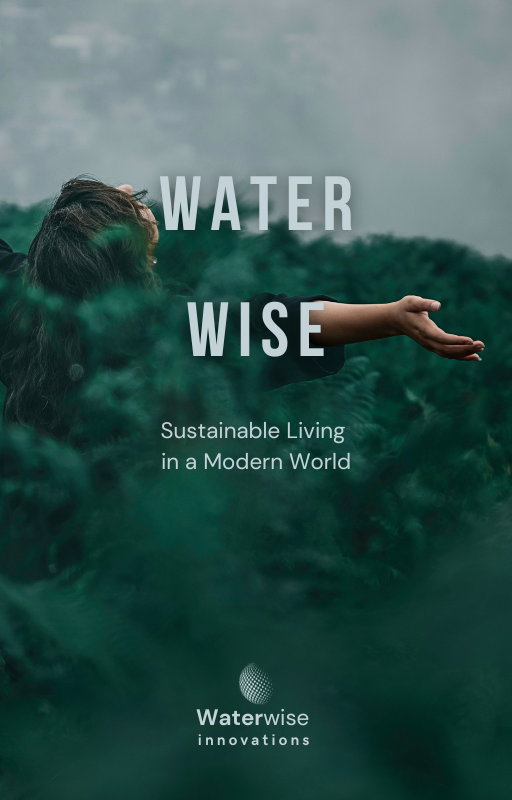
Water Wise: Sustainable Living in a Modern World
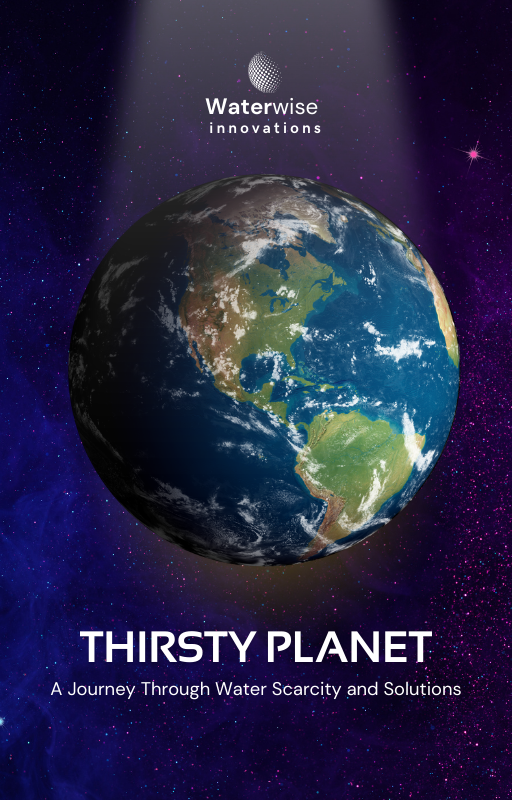
Thirsty Planet: A Journey Through Water Scarcity and Solutions
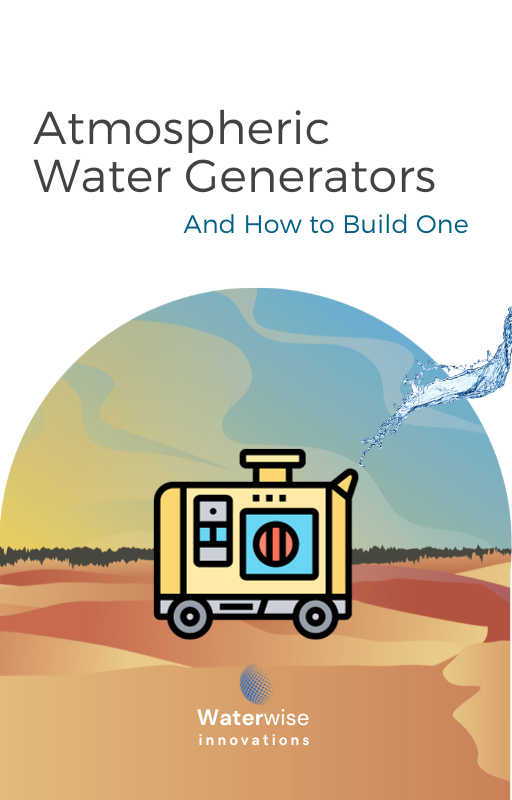
Atmospheric Water Generators: And How to Build One
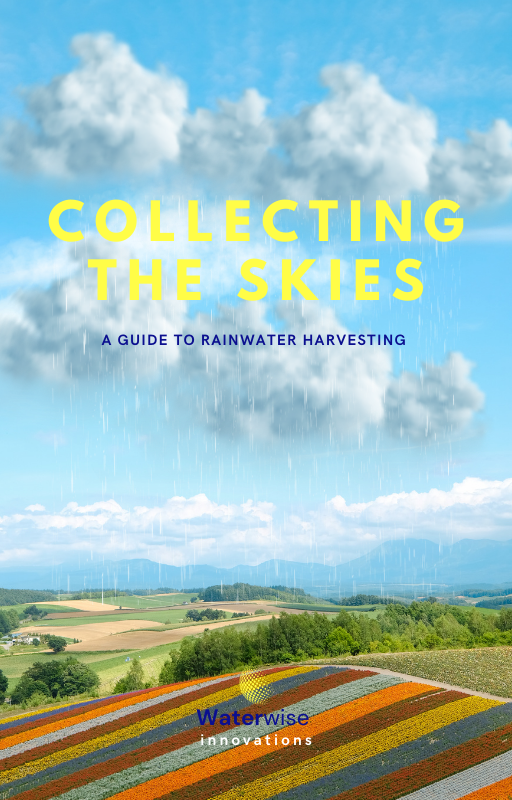
Collecting the Skies: A Guide to Rainwater Harvesting

The Little Book on Hydration: The People’s Guide To Health, Vitality & Flow
Singapore Weather Right Now
Reviews of Singapore's Water Management
There are no reviews yet. Be the first one to write one.
There are no reviews yet. Be the first one to write one.






